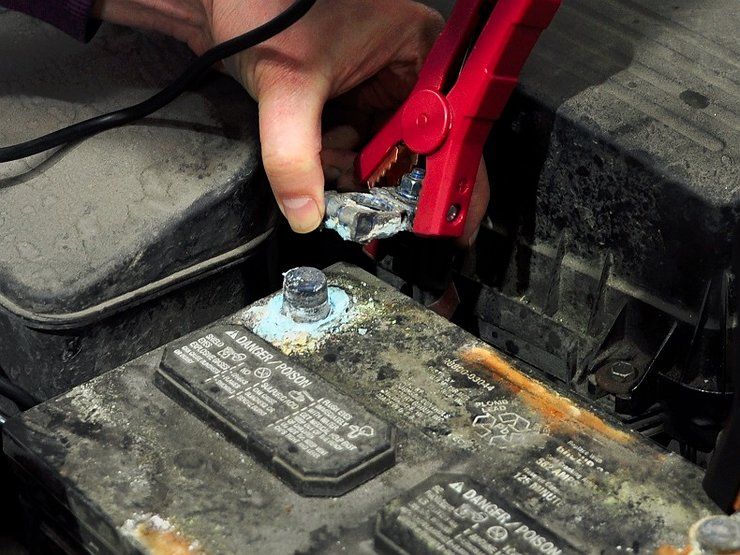How a protective cover ‘kills’ a car battery in winter
- December 13, 2022
- 0
Many drivers buy a special thermal protective cover to “insulate” the battery in cold weather. Yes, and some automakers include it in the “warm options” lineup. It is
Many drivers buy a special thermal protective cover to “insulate” the battery in cold weather. Yes, and some automakers include it in the “warm options” lineup. It is

A heat-protective “gadget” in the form of a suitcase was regularly equipped with such cars as, for example, the Opel Astra G, as well as some Korean cars with Kia and Hyundai decals. The accessory is really useful. In the summer, it protects the battery from overheating in the heat and protects it from hot parts. In winter it works like a thermos and keeps warm. However, do not forget that any thermos can also maintain a “cold mode” for just as long. And therein lies the danger.
If the car has been in the cold for a long time – for example, several days – it is better to remove the cover. So after starting the engine, the battery heats up faster due to the heat of the engine. Otherwise, this process will be slow, which will cause a “breakdown” of the voltage.
Add to this a short travel time with frequent starts and you get the result: even a new battery “empties” in just 2-3 weeks. And we have already written more than once about the damage of cold starts to the engine, so we will not repeat ourselves.
However, there is another nuisance associated with using a battery cover. In winter the weather is changeable and frost gives way to thaw. This causes condensation to form on the inside of the thermal housing. Moisture can damage the battery over time.
Let’s not forget about the dirt under the hood. It flies from everywhere and accumulates, including under our cover. Impurities settle on the terminals and cause the onset of oxidation processes. And oxides directly affect problems when starting the engine.
So periodically it is necessary to remove the “blanket” from the battery and thoroughly clean everything there. By the way, there is an opinion that if you buy a larger battery and a thicker cover, then winter problems can be avoided. But no, it will only prolong the pain. From temperature fluctuations, moisture and regular undercharging, even the highest quality and most expensive battery will sooner or later go to zero.

A heat-protective “gadget” in the form of a suitcase was regularly equipped with such cars as, for example, the Opel Astra G, as well as some Korean cars with Kia and Hyundai decals. The accessory is really useful. In the summer, it protects the battery from overheating in the heat and protects it from hot parts. In winter it works like a thermos and keeps warm. However, do not forget that any thermos can also maintain a “cold mode” for just as long. And therein lies the danger.
If the car has been in the cold for a long time – for example, several days – it is better to remove the cover. So after starting the engine, the battery heats up faster due to the heat of the engine. Otherwise, this process will be slow, which will cause a “breakdown” of the voltage.
Add to this a short travel time with frequent starts and you get the result: even a new battery “empties” in just 2-3 weeks. And we have already written more than once about the damage of cold starts to the engine, so we will not repeat ourselves.
However, there is another nuisance associated with using a battery cover. In winter the weather is changeable and frost gives way to thaw. This causes condensation to form on the inside of the thermal housing. Moisture can damage the battery over time.
Let’s not forget about the dirt under the hood. It flies from everywhere and accumulates, including under our cover. Impurities settle on the terminals and cause the onset of oxidation processes. And oxides directly affect problems when starting the engine.
So periodically it is necessary to remove the “blanket” from the battery and thoroughly clean everything there. By the way, there is an opinion that if you buy a larger battery and a thicker cover, then winter problems can be avoided. But no, it will only prolong the pain. From temperature fluctuations, moisture and regular undercharging, even the highest quality and most expensive battery will sooner or later go to zero.
Source: Avto Vzglyad
Donald Salinas is an experienced automobile journalist and writer for Div Bracket. He brings his readers the latest news and developments from the world of automobiles, offering a unique and knowledgeable perspective on the latest trends and innovations in the automotive industry.